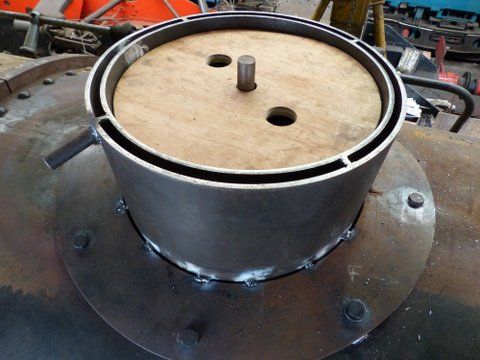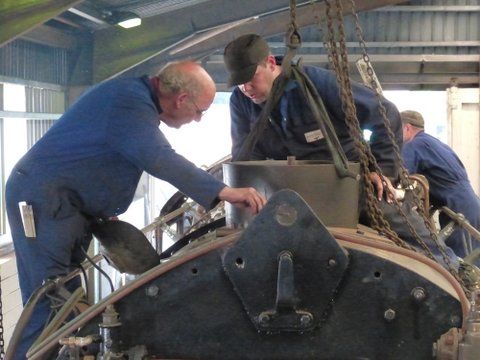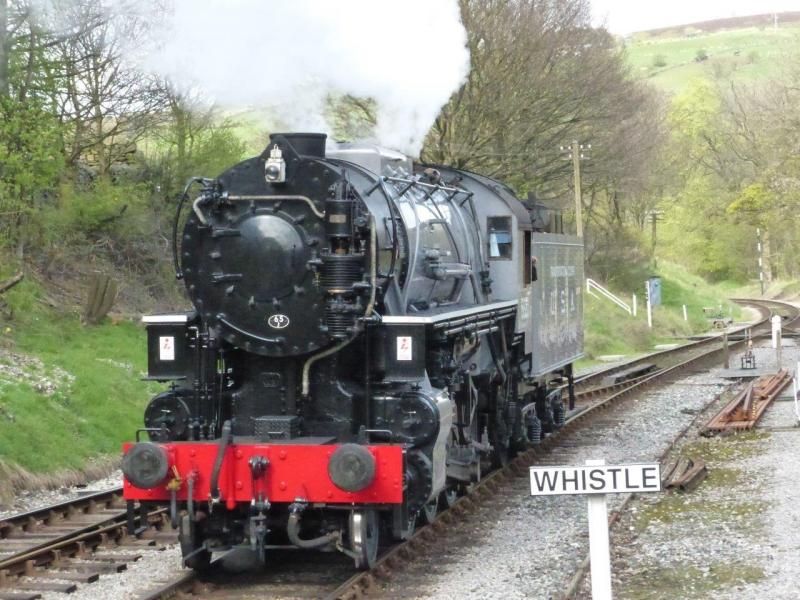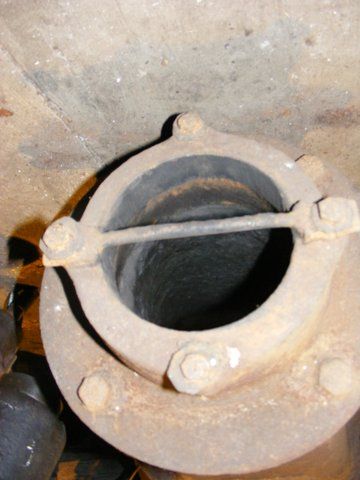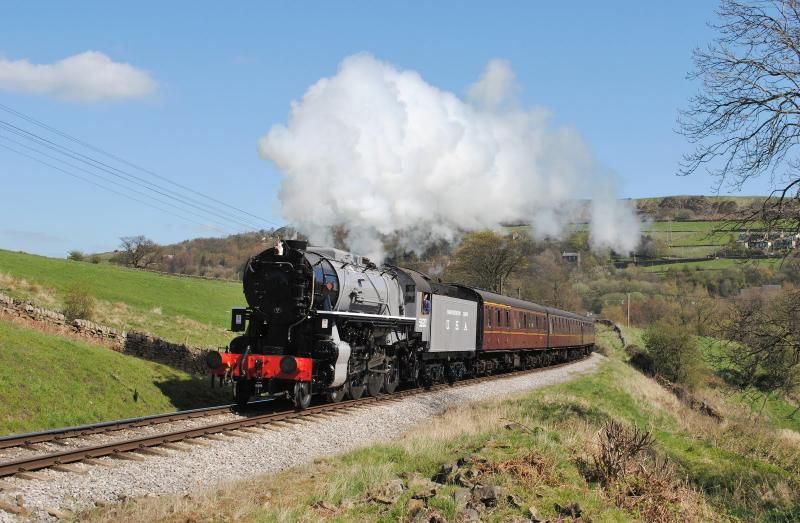| It is currently Sun May 25, 2025 5:02 pm |
|
All times are UTC - 5 hours [ DST ] |
 
|
Page 2 of 2 |
[ 23 posts ] | Go to page Previous 1, 2 |
|
| Author | Message | ||
|---|---|---|---|
| whodom |
|
||
|
Joined: Sun Aug 22, 2004 8:31 am Posts: 1334 Location: South Carolina |
|
||
| Alexander D. Mitchell IV |
|
||
|
Joined: Sun Aug 22, 2004 1:51 pm Posts: 11832 Location: Somewhere east of Prescott, AZ along the old Santa Fe "Prescott & Eastern" |
|
||
| Dave |
|
||
|
Joined: Sun Aug 22, 2004 7:19 am Posts: 6464 Location: southeastern USA |
|
||
| JJG Koopmans |
|
||
|
Joined: Sat Oct 22, 2011 5:07 am Posts: 82 |
|
||
| JJG Koopmans |
|
||
|
Joined: Sat Oct 22, 2011 5:07 am Posts: 82 |
|
||
| Dave |
|
||
|
Joined: Sun Aug 22, 2004 7:19 am Posts: 6464 Location: southeastern USA |
|
||
| whodom |
|
||
|
Joined: Sun Aug 22, 2004 8:31 am Posts: 1334 Location: South Carolina |
|
||
 
|
Page 2 of 2 |
[ 23 posts ] | Go to page Previous 1, 2 |
|
All times are UTC - 5 hours [ DST ] |
Who is online |
Users browsing this forum: No registered users and 156 guests |
| You cannot post new topics in this forum You cannot reply to topics in this forum You cannot edit your posts in this forum You cannot delete your posts in this forum You cannot post attachments in this forum |

